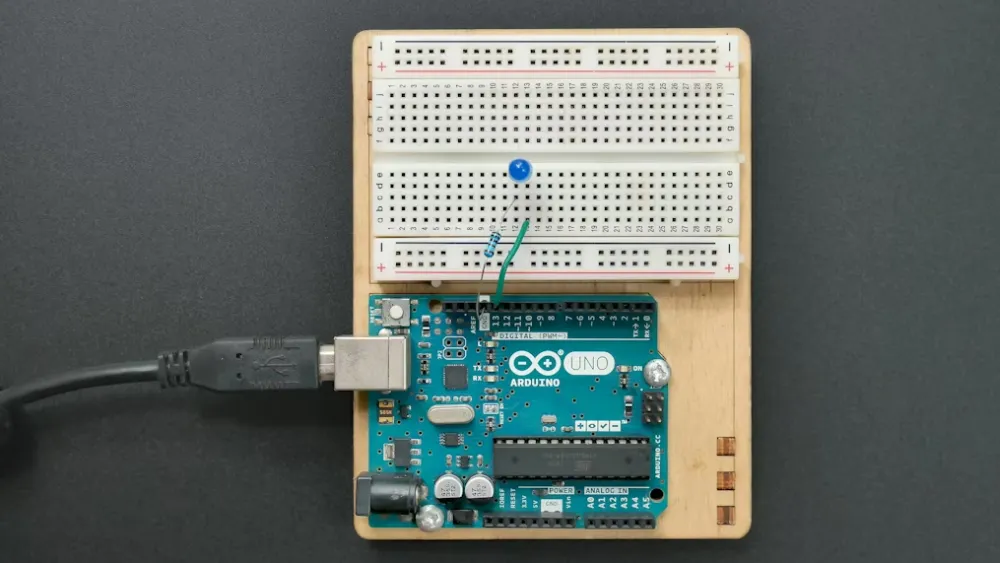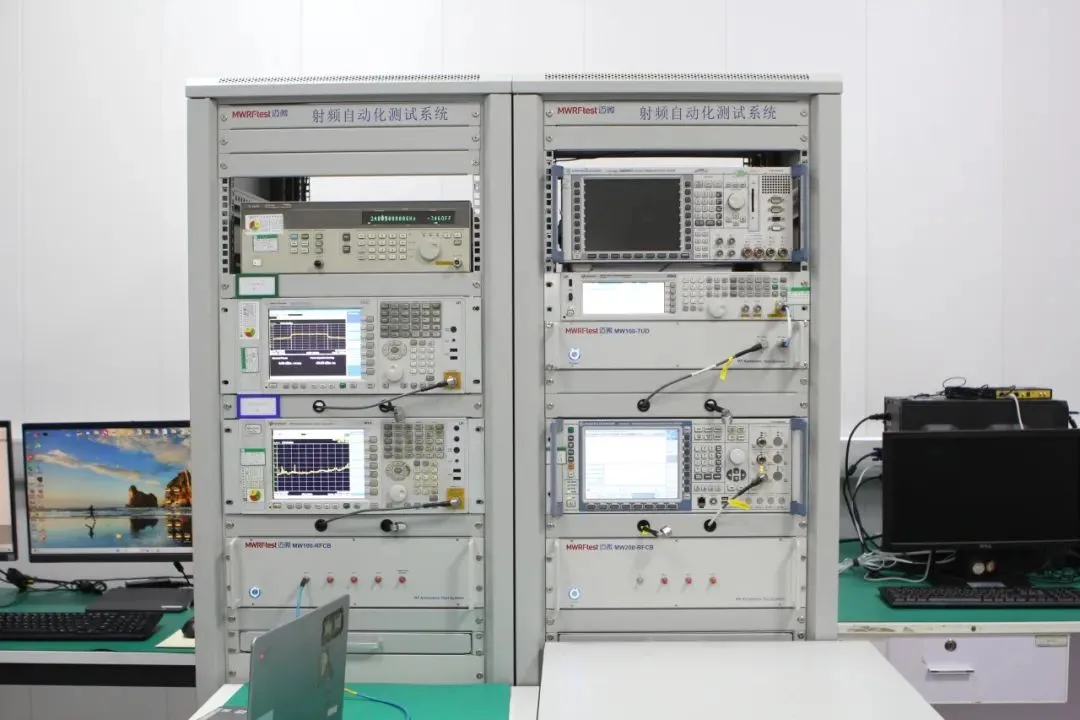
CE EMC Certification for EU Compliance (2014/30/EU)
Selling Electrical or Electronic Equipment in the EU?
Ensuring your product complies with the Electromagnetic Compatibility Directive (EMC Directive 2014/30/EU)is essential for market access.
JJR Laboratory Chinawill guide you through the entire compliance process, helping your products successfULly enter and thrive in the European market.
What Is CE emc certification?
ce emc Certificationconfirms that a product meets the European Union’s Electromagnetic Compatibility (EMC) standards. Electronic devices may emit electromagnetic waves during operation. Without proper EMC measures, these emissions can interfere with surrounding devices.
The CE Mark, short for Conformité Européenne, is a mandatory certification for products sold within the European EconoMIC Area (EEA). It signifies that a product:
1. Complies with EMC regulations;
2. Does not cause or suffer from electromagnetic interference;
3. Can operate harmoniously alongside other devices.
The certification is governed by the 2014/30/EU Directive, which requires manufacturers to perform product testing and provide the necessary technical documentation.
Which Products Require the CE EMC Mark?
If your product emits electromagnetic waves during operation, it likely requires ce emc certification. Common examples include:
1. Household Appliances: Washing machines, refrigerators, microwaves, etc.
2. Information Technology Equipment: Computers, servers, networking devices.
3. Consumer Electronics: TVs, audio equipment, gaming consoles.
4. Medical Devices: Diagnostic instruments, monitoring equipment.
5. Telecommunication Equipment: Telephones, routers, communication modules.
6. Industrial Machinery: Manufacturing and automation equipment.
7. Lighting Products: LED lamps, lighting control systems.
8. Electronic Toys: Toys with embedded electronics or RF functions.
Why Is the EMC Directive So Important?
Ensures Market Access
1. Legal Compliance: EMC CE certification is a legal requirement in the EU. Non-compliant products may face fines or market withdrawal.
2. Enhanced CREDibility: The CE mark reflects high standards, boosting brand trust and customer confidence.
Improves Product Quality
1. Greater Reliability: Ensures your device operates properly even in environments with electromagnetic interference.
2. Reduced Risk of Disturbance: Prevents your product from interfering with other electronic devices, avoiding user issues.
How to Obtain CE EMC Certification?
Standard Process:
1. Initial Consultation
Understand your product and confirm applicable certification requirements.
2. Pre-Assessment
Identify and resolve potential EMC issues before formal testing to save time and costs.
3. Testing & Evaluation
Conduct full emissions and immunity testing in our accredited laboratory.
4. Technical Documentation Preparation
Includes test reports, risk assessments, product manuals, and more.
5. Declaration of Conformity
Issue the EU Declaration of Conformityand affix the CE markto your product.
How Long Does Testing Take?
Typically, CE EMC certification takes about 4–6 weeks.
If your product falls under additional directives (e.g., ce red for wireless products), more tests may be required, extending the timeline.
What Are the Manufacturer's Responsibilities?
EMC certification is not only a technical requirement—it also entails key responsibilities, including:
1. Designing products in accordance with EMC standards;
2. Conducting independent laboratory testing;
3. Providing clear user instructions and safety warnings;
4. Indicating any geographic or functional restrictions;
5. Logging and handling customer complaints;
6. Storing certification documents and declarations for at least 10 years;
7. Cooperating with regulatory authorities and submitting samples upon request.
Why Choose JJR Laboratory China?
JJR Laboratory Chinaoffers an all-in-one solution to help you:
1. Understand regulations and avoid costly mistakes;
2. Save time and reduce certification expenses;
3. Get transparent pricing and clear timelines;
4. Receive expert technical support at every stage.
Achieving CE EMC certification is not just a legal obligation—it’s a strategic move to ensure product quality, brand integrity, and global competitiveness.
Contact JJR Laboratory todayto start your journey toward EU market compliance.
Email:hello@jjrlab.com
Write your message here and send it to us
 Energy Storage Battery Brazil Inmetro Certificatio
Energy Storage Battery Brazil Inmetro Certificatio
 Southeast Asia Compliance Requirements for EV Char
Southeast Asia Compliance Requirements for EV Char
 Brazil ANATEL & INMETRO Certification Guide
Brazil ANATEL & INMETRO Certification Guide
 Automotive-Grade Active Crystal AEC-Q200 Certifica
Automotive-Grade Active Crystal AEC-Q200 Certifica
 How to Comply with EU GPSR
How to Comply with EU GPSR
 U.S Cosmetics Require FDA Registration for Customs
U.S Cosmetics Require FDA Registration for Customs
 Interpretation of IEC/EN/AS 62477-1:2022 Standard
Interpretation of IEC/EN/AS 62477-1:2022 Standard
 What is Amazon TIC and How Can Sellers Achieve Com
What is Amazon TIC and How Can Sellers Achieve Com
Leave us a message
24-hour online customer service at any time to respond, so that you worry!




